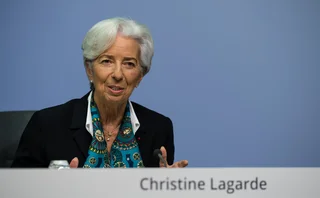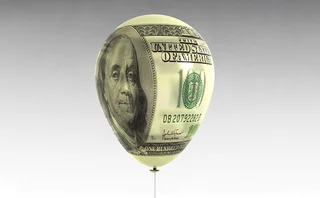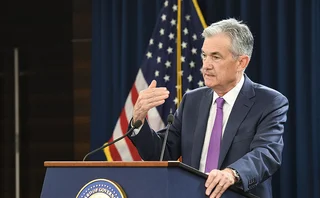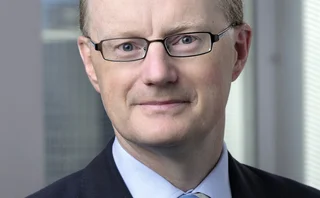
Bank of England cuts rates and expands QE
UK central bank cuts borrowing costs, expands quantitative easing and announces £100bn funding for lending scheme
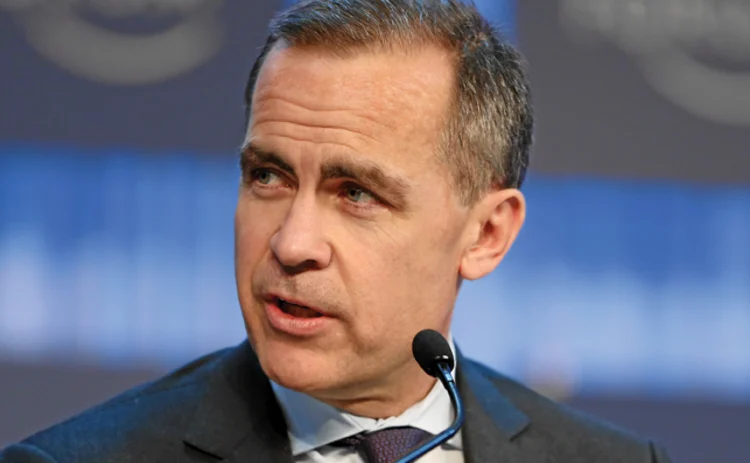
The Bank of England (BoE) has cut interest rates for the first time since 2009, and expanded its stimulus measures, as it attempts to limit damage to the UK economy in the wake of Brexit.
Key interest rates have been cut by 25 basis points, from 0.5% to 0.25% – a record low and the first cut since the financial crisis. The BoE's monetary policy committee (MPC) signalled further reductions could be expected in the future.
The central bank has launched a fresh round of quantitative easing (QE)
Only users who have a paid subscription or are part of a corporate subscription are able to print or copy content.
To access these options, along with all other subscription benefits, please contact info@fx-markets.com or view our subscription options here: https://subscriptions.fx-markets.com
You are currently unable to print this content. Please contact info@fx-markets.com to find out more.
You are currently unable to copy this content. Please contact info@fx-markets.com to find out more.
Copyright Infopro Digital Limited. All rights reserved.
As outlined in our terms and conditions, https://www.infopro-digital.com/terms-and-conditions/subscriptions/ (point 2.4), printing is limited to a single copy.
If you would like to purchase additional rights please email info@fx-markets.com
Copyright Infopro Digital Limited. All rights reserved.
You may share this content using our article tools. As outlined in our terms and conditions, https://www.infopro-digital.com/terms-and-conditions/subscriptions/ (clause 2.4), an Authorised User may only make one copy of the materials for their own personal use. You must also comply with the restrictions in clause 2.5.
If you would like to purchase additional rights please email info@fx-markets.com
More on Monetary Policy
Lagarde promises wide-ranging review of ECB monetary policy
ECB to form digital currency task force as Lagarde calls for EU action on green finance
Fed can now keep rates on hold, senior official says
Recent cuts have provided greater assurance Fed will hit inflation target, Charles Evans says
RBI forms task force on offshore rupee
Task force will examine the effects of the offshore market on exchange rates and domestic liquidity
Powell hints at $1trn goal for Fed balance sheet
Proposed reserves buffer is more than enough, Charles Goodhart says
PBoC issues 20 billion yuan of central bank bills in Hong Kong
Bills could be used to manage offshore yuan liquidity and stabilise exchange rates
RBA governor signals a rate cut more likely in 2019
Uncertain global outlook has rebalanced Reserve Bank of Australia's policy options
Fed strikes a dovish tone in January
US central bank will no longer keep balance-sheet runoff on automatic pilot
BoJ members split ranks on monetary easing
Not all members agree on how low 10-year yields should be

